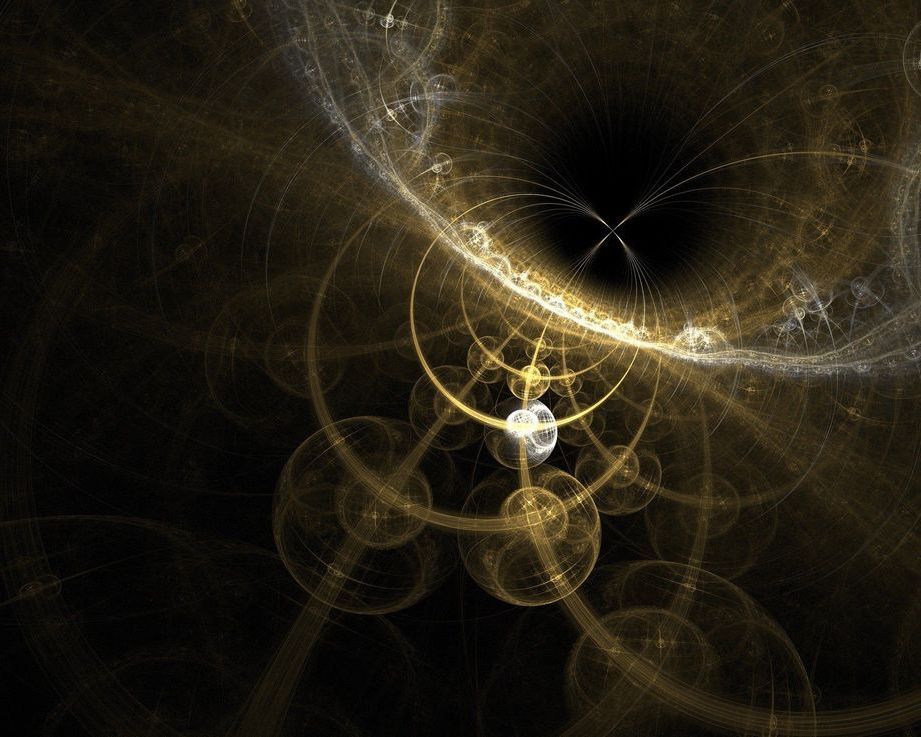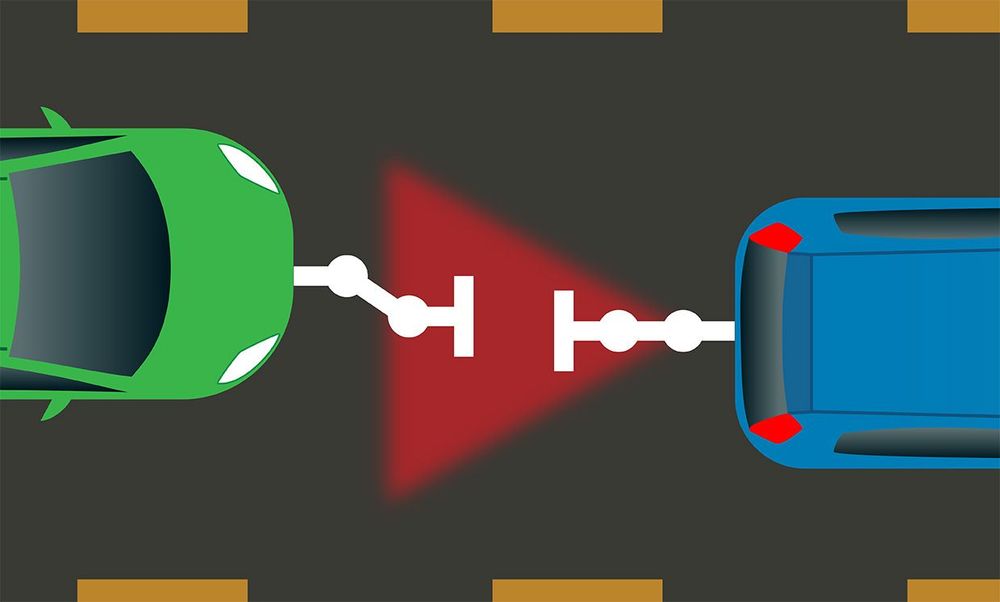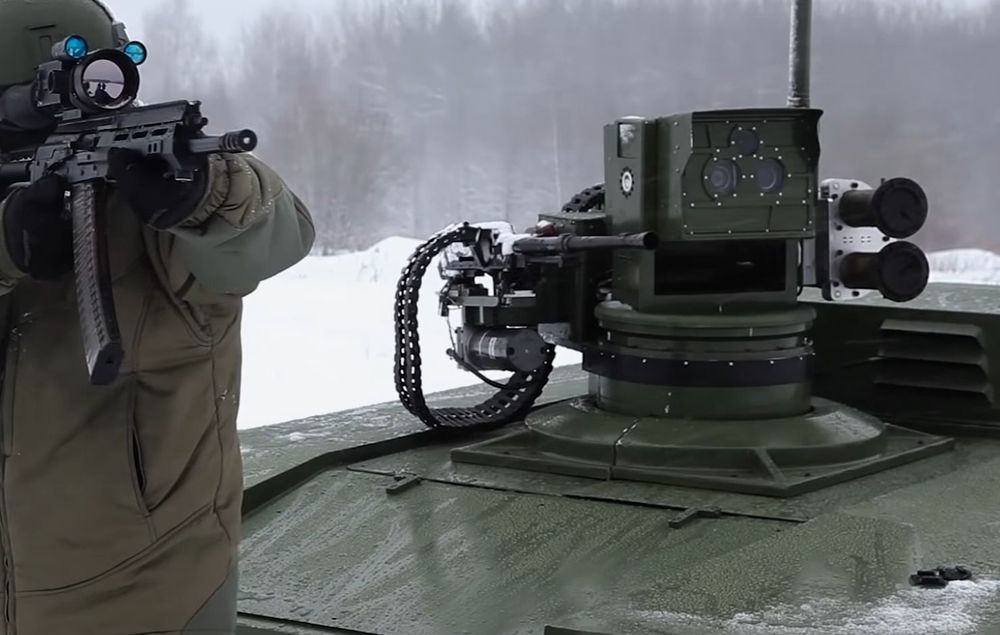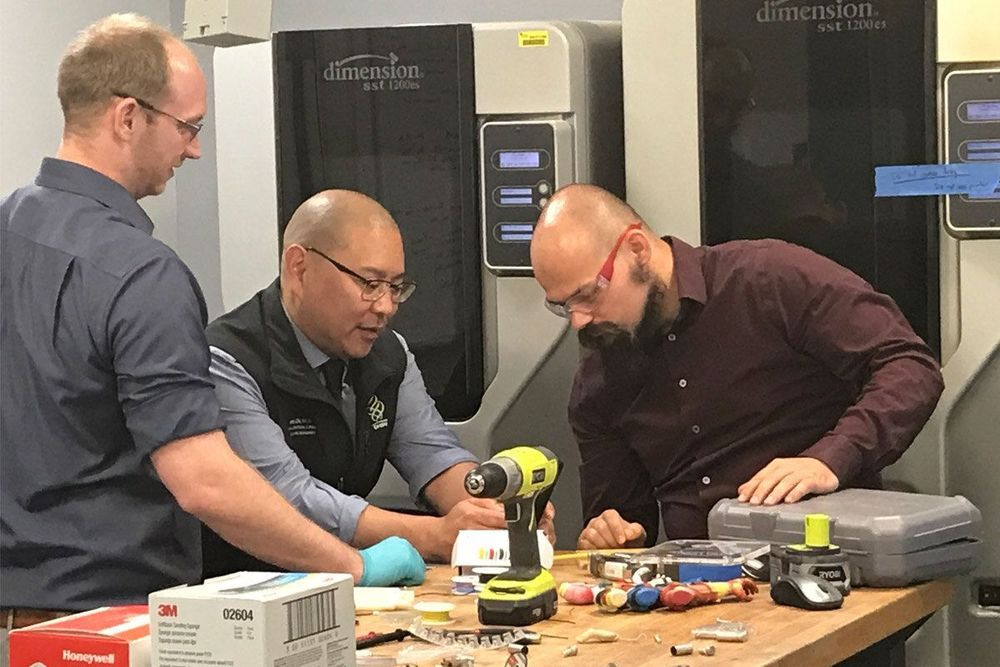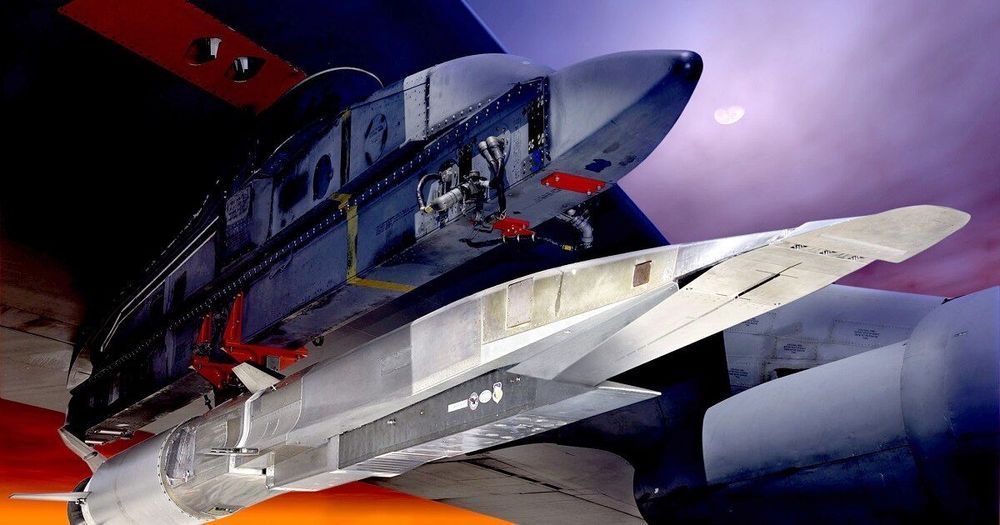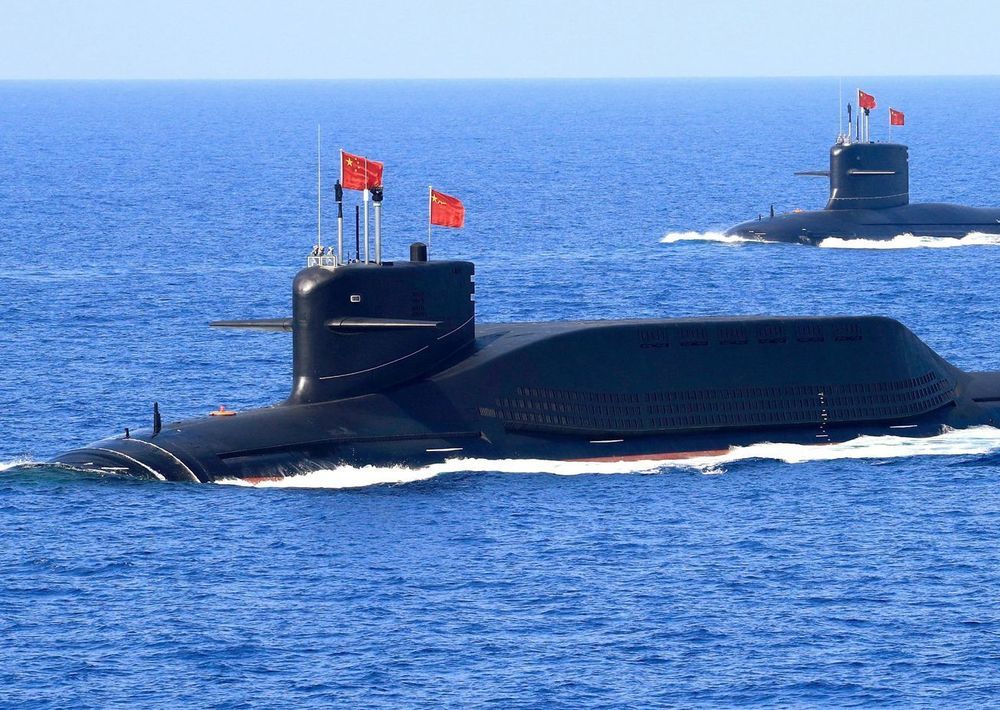May 4, 2020
‘I Could Solve Most of Your Problems’: Eric Schmidt’s Pentagon Offensive
Posted by Derick Lee in categories: military, robotics/AI
Mr. Schmidt is pressing forward with a Silicon Valley worldview where advances in software and A.I. are the keys to figuring out almost any issue. While that philosophy has led to social networks that spread disinformation and other unintended consequences, Mr. Schmidt said he was convinced that applying new and relatively untested technology to complex situations — including deadly ones — would make service members more efficient and bolster the United States in its competition with China.
The former Google C.E.O. has reinvented himself as the prime liaison between Silicon Valley and the military-industrial complex.
The U.S. military has been “stuck in software in the 1980s,” said Eric Schmidt, Google’s former chief executive. Credit… Winni Wintermeyer/Redux.



